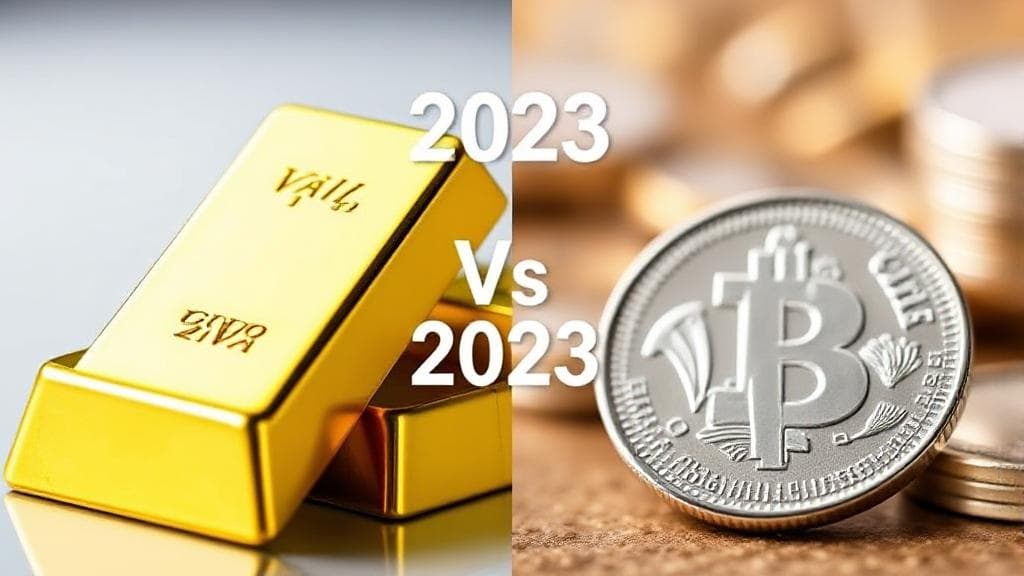Historical Performance and Market Overview
Gold has been a symbol of wealth and a store of value for centuries, traditionally viewed as a safe-haven asset. Over the past decade, gold has shown relatively stable growth, with prices increasing from around $1,400 per ounce in 2013 to approximately $1,900 in 2023. Silver, often referred to as "the poor man's gold," has ranged from $15 to $25 per ounce during the same period, showing more volatility.
"Silver often acts like gold on steroids, providing larger percentage gains in bull markets but steeper losses in bear markets." - Peter Schiff, CEO of Euro Pacific Capital
Industrial Applications and Demand
Silver's Industrial Advantage
Silver holds a significant edge in industrial applications, with approximately 50% of annual production going to:
- Electronics manufacturing
- Solar panel production
- Medical equipment
- Photography (though declining)
- Electric vehicle components
Gold's Limited Industrial Use
Gold's industrial applications are more limited, with only about 10% of annual production used in:
- Electronics
- Dental work
- Aerospace technology
Economic Factors and Market Trends
In 2023, the global economy is navigating through post-pandemic recovery, inflationary pressures, and geopolitical tensions. Several factors are influencing precious metals markets:
- Persistent inflation concerns
- Geopolitical tensions
- Central bank policies
- Supply chain disruptions
- Technology sector growth
Impact of Economic Conditions
- Inflation: As inflation rates rise, investors often turn to gold as a hedge. However, silver also benefits from inflationary environments due to its industrial demand.
- Interest Rates: Higher interest rates can negatively impact gold prices as they increase the opportunity cost of holding non-yielding assets. Silver, with its industrial demand, may be less affected by interest rate changes.
Investment Options
Investors can gain exposure to precious metals through various vehicles:
| Investment Type | Advantages | Disadvantages |
|---|---|---|
| Physical metals | Direct ownership, no counterparty risk | Storage costs, insurance needs |
| ETFs | Easy trading, low fees | No physical possession |
| Mining stocks | Leverage to metal prices | Company-specific risks |
Expert Recommendations
Many analysts suggest a balanced approach, with allocations depending on investment goals:
- Conservative investors: 70% gold, 30% silver
- Growth-oriented investors: 40% gold, 60% silver
Making Your Choice
Choosing between gold and silver in 2023 depends on your investment goals and risk tolerance:
- Risk Tolerance: If you prefer a more stable investment, gold may be the better choice due to its historical role as a safe-haven asset.
- Growth Potential: If you're looking for higher growth potential and are willing to accept more volatility, silver might be more appealing due to its industrial applications.
- Diversification: Consider holding both metals to diversify your portfolio and hedge against different economic scenarios.
Additional Resources
For more detailed analysis and up-to-date market data, consider visiting:
Remember that precious metals should typically comprise only a portion of a well-diversified investment portfolio, usually between 5-15% depending on individual circumstances and market conditions.
